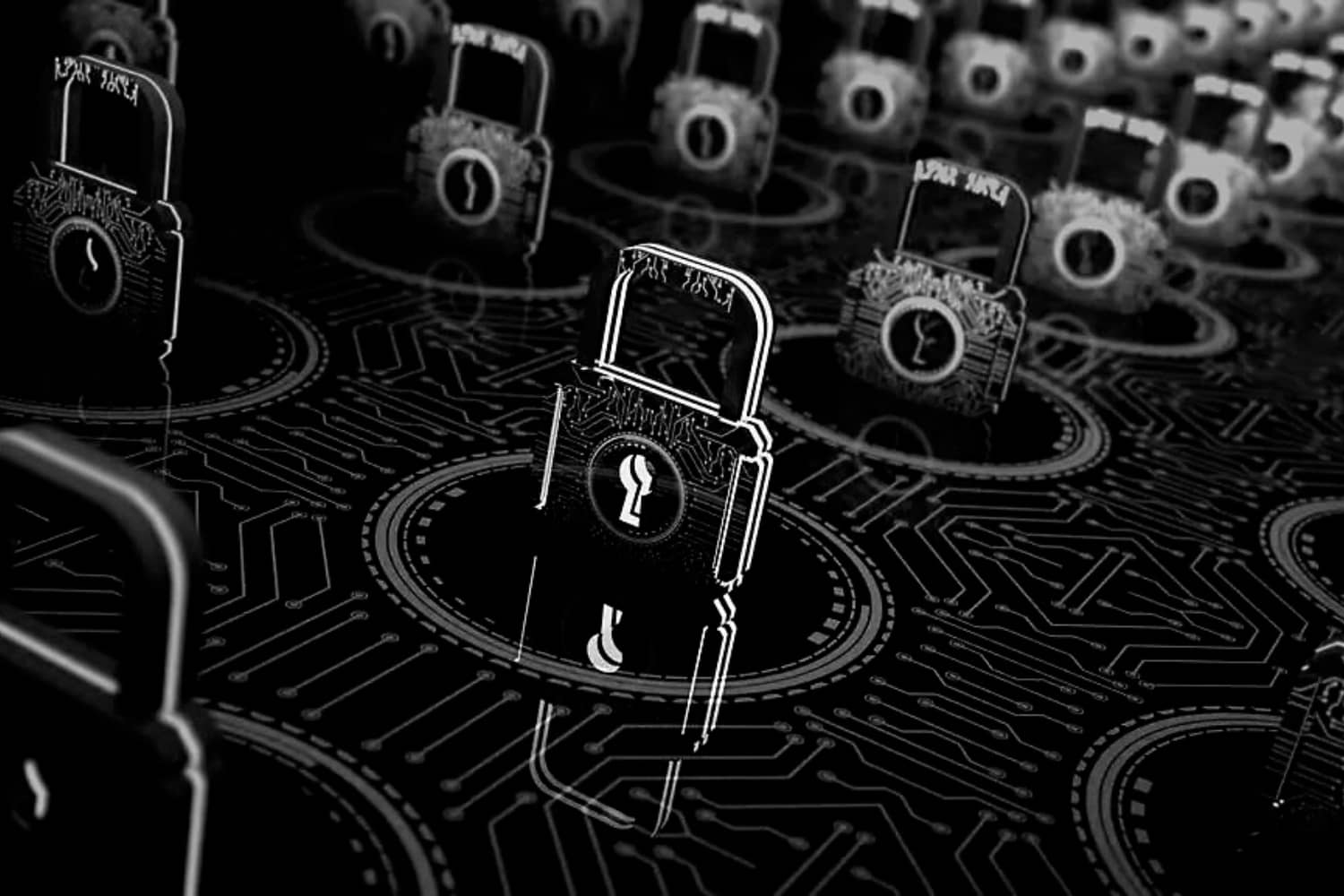
10 Jun Cyberwarfare Landscape Changes: How To Play Defense
As the lines between cybercriminals and nation-states blur, ramping up security controls is crucial. Sponsored by Conceal
London – Jun. 10, 2022
When Christopher Miller moved away from the cornfields of Iowa, he never thought he would wind up at the forefront of cybersecurity.
Miller, the Former U.S. Acting Secretary Of Defense, had humble beginnings. He joined the U.S. Army Reserve at 17-years-old and eventually made his way into the special forces. Miller retired from the military in 2014 — and once his wife made it clear she would like to settle, he and his family moved to Washington, D.C.
The former military member then joined the government — after all, what else springs to mind when you end up in Washington — and was asked to assume the role of Acting Secretary Of Defense.
You would be forgiven for thinking a military expert would stay in this realm. However, cybersecurity has room for this kind of expertise.
Over the past five years or so, we’ve observed lines blur when it comes to warfare. Combat is no longer always on the physical battlefield; instead, wars can now be fought from bedrooms or coffee shops.
In an interview with Cybersecurity Ventures, Miller, together with Gordon Lawson, chief executive officer of Conceal, explained how the warfare landscape is changing and why there is a gradual shift to the defensive side of the coin.
According to Miller, there has always been a “struggle” between offense and defense, whether this is on the ground or in cyberspace.
In the past, we’ve focused on the offense in most scenarios, but as malware rates and the threat of digital attacks continue escalating, we have been “caught unprepared” and must switch to more defensive tactics.
Ransomware is just one example of the rapid pace of cybercrime. Ransomware became headline news in 2015, with estimates suggesting that this virulent malware breed would annually cost organizations $350 million worldwide.
Fast forward to 2021, and damages are estimated to have exceeded $20 billion. Cybersecurity Ventures now expects a consumer or business to be hit, worldwide, every two seconds by ransomware over the next five years.
“We all recognized very early on the potential of technology, as well as the danger,” Miller said. “I think we’re at a transition point where we’re starting to see defense pick up — the dynamic’s changing.”
Conceal, formerly known as NetAbstraction, offers cybersecurity solutions to organizations that want to adopt intelligence-grade technologies for protection against everything from nation-state actors to ransomware.
The company’s solutions come in three flavors. The first is ConcealBrowse, an automatic isolation tool hosted in the cloud that blankets an organization’s network with an additional security later, detecting and isolating threats to protect core assets.
In addition, the tech firm offers ConcealSearch, a privacy protector for enterprise users which masks everything from geolocations to activity footprints, and ConcealCloud, a cloud-agnostic network protection and obfuscation suite for securing data, hiding data paths, and safeguarding critical business operations.
While invaluable to the enterprise, Conceal’s technology also has national security applications. Miller said that the firm’s “network obfuscation, as well as other tools they’re trying to bring online, is what ‘we’ [the military/national security agencies] need to protect our operational security.”
Having met through mutual connections, Miller and Lawson have joined forces, with Conceal now working closely with U.S. clients and allies worldwide to combat geopolitical threats, and more.
Lawson says that specific tools developed by state-sponsored threat actors are now available to cybercriminal gangs. This has further blurred the lines for defenders who not only have to deal with garden-variety malware developers but also sophisticated tools developed by nation-states.
“All the tradecraft that has been our legacy as a company from the intelligence and defense community is still maintained and becoming more robust, but now we’re also able to give some amazing capability to the other parts of the market out there that are really bearing the brunt of malware and ransomware attacks,” Lawson said. “We’re excited to be able to add that value.”
Developing new, defensive cybersecurity technologies and increased information sharing is bolstering our overall defense from cyberattacks. However, there’s always room for improvement.
“It is important for cybersecurity companies — and all companies — to think geopolitically about these threats,” Lawson commented. “That allows us, in industry, to create defensive systems and solutions that are holistic and can really help defend industries like critical infrastructure. It is getting better, but we have more work to do.”
– Charlie Osborne is a journalist covering security for ZDNet. Her work also appears on TechRepublic, Cybercrime Magazine, and other media outlets.
Go here to read all of Charlie’s Cybercrime Magazine articles.

Conceal provides a capability that protects people and critical assets against the most advanced threat actors in the world. We are fundamentally changing the approach to cybersecurity by creating a platform where security practitioners can see the latest threat vectors and implement enterprise-wide solutions that comprehensively protect their organization.
With our Conceal platform, we take those core capabilities and evolve them into a commercially available product that incorporates intelligence-grade, Zero Trust technology to protect global companies — of all sizes — from malware and ransomware.
Conceal is leading the fight to protect enterprises from cyber threats — if there is malware, we detect, defend and isolate it from users and the network.


 –
– 